Facts
- Type: Personal computer
- Released: 1985
- Discontinued: 1989
- OS: Commodore BASIC 7.0, Commodore BASIC 2.0, CP/M 3.1 (3.0 in Commodore marketing)
- CPU: MOS 8502 @ 2 MHz, Zilog: Z80 @ 4 MHz
- Memory: 128 KB RAM, 2 KB color RAM (for VIC-II), 16 KB or 64 KB video RAM (for VDC), up to 512 KB REU expansion RAM
- Graphics: VIC-II (320×200, 16 colors, sprites, raster interrupt), MOS 8563 (RGBI 640×200i 16 colors, programmable – 640x400i and 800x600i possible), blitter)
- Sound: SID 6581/8580 (3 channels)
- Predecessor: Commodore 64 (C64 outlived C128)
- MMU: MOS Technology 8722
- ROM: 72 kB
- I/0: All C64 ports + higher speed possible on the serial bus + exp. port more flexibly programmable, RGBI output, Ext. keyboard input
Released 1985: Late in 1985, Commodore released to the European market a new version of the C128 with a redesigned chassis resembling the Amiga 1000. It was named the Commodore 128D, this new model features a plastic chassis with a carrying handle on the side, incorporates a 1571 disk drive into the main chassis, replaces the built-in keyboard with a detachable one, and adds a cooling fan. The keyboard features two folding legs for changing the typing angle.
According to Bil Herd, head of the Hardware Team (a.k.a. the “C128 Animals”), the C128D was ready for production at the same time as the regular version. Working to release two models at the same time had increased the risk for on-time delivery and was apparent in that the main PCB has large holes in critical sections to support the C128D case and the normal case concurrently.
In the latter part of 1986, Commodore released a version of the C128D in North America and parts of Europe referred to as the C128DCR, CR meaning “cost-reduced”. The DCR model features a stamped-steel chassis in place of the plastic version of the C128D (with no carrying handle), a modular switched-mode power supply similar to that of the C128D, retaining that model’s detachable keyboard and internal 1571 floppy drive. A number of components on the mainboard were consolidated to reduce production costs,
A significant improvement introduced with the DCR model was the replacement of the 8563 video display controller (VDC) with the more technically advanced 8568 VDC and equipping it with 64 KB of video RAM (all C128 models can easily be upgraded to 64 KB video RAM). The increase in video RAM made it possible, among other things, to maintain multiple text screens in support of a true windowing system, or generate higher-resolution graphics with a more flexible color palette.
Go to main C128 article >>>
My C128D, repair and upgrade:
Was lucky enough to get my hands on a working unit in its original box.
- My C128D had some instability wit the disk drive LED due to “loose” soldering on the small LED card in the front. A new solder took care of that.
- Upgraded the VDC chip video RAM to 64 KB instead of the original 16 KB, 64 KB video RAM came originally with the later C128D-CR version (cost reduced).
- Replaced the built in cooling fan with a new and way more silent fan.
- Soldered on wires for a switch on the disk controller board for changing the internal floppy drive to #9 instead of #8, in order to auto boot from an external drive like the SD2IEC memory card floppy drive emulator.
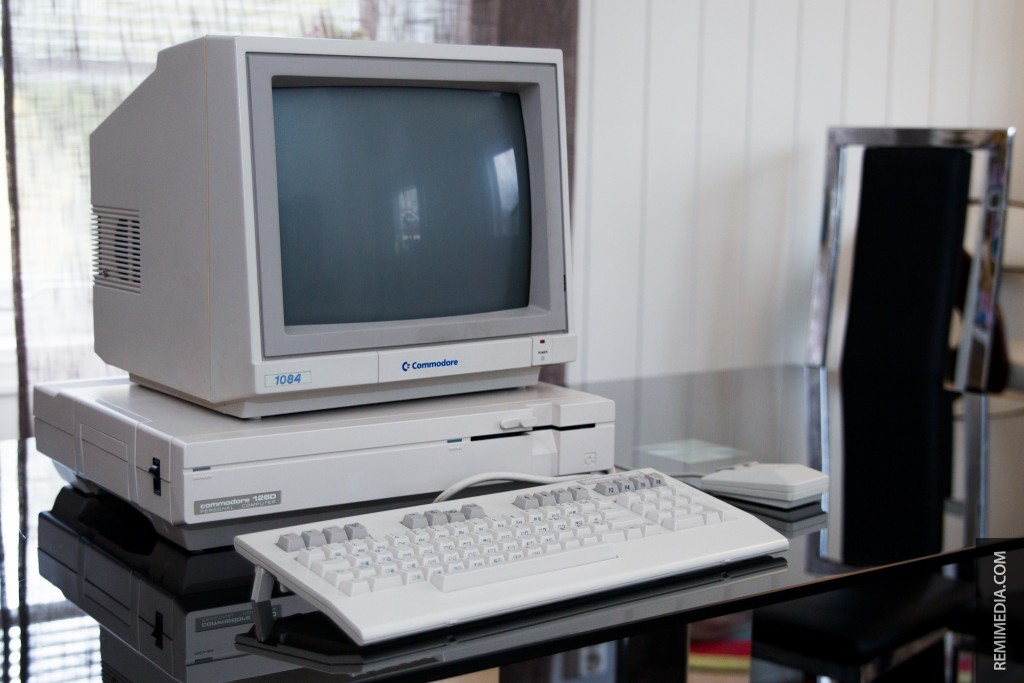
List of Commodore 128 commercial software >>>
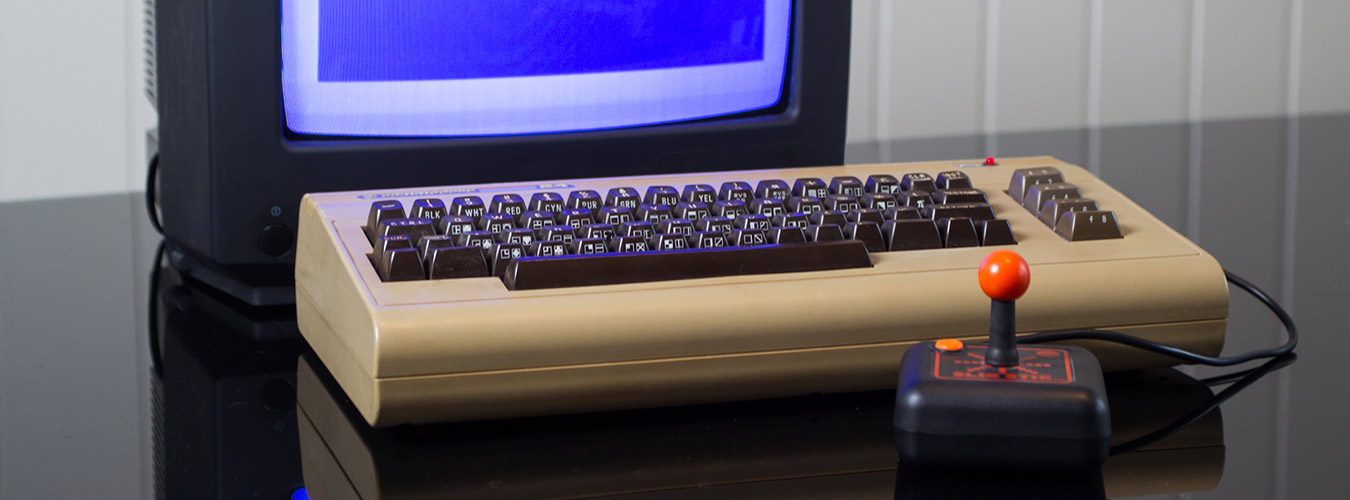
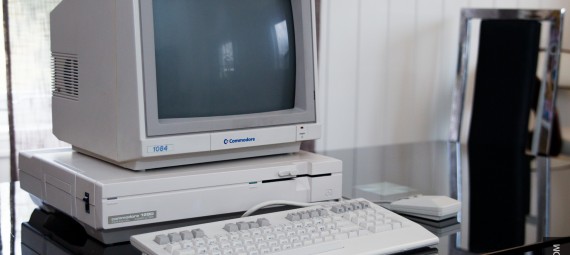
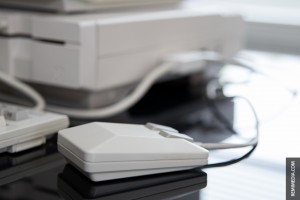
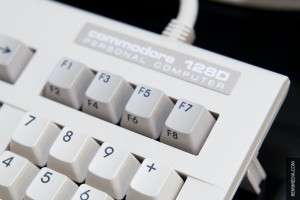
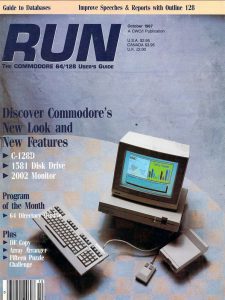
Is that a recent 128D? It is amazingly well kept and beautiful – did you restore it with retrobrite or was it just super maintained?
This is the original plastic case 128D with the carrying handle. I think it was ready at the same time as the all-in-keyboard flat version was launched in beginning of 1985 but not common in US due to some radiation shielding regulations or something like that. It uses basically the same main board PCB as the flat version and the same 1571 disk drive mechanism and controller board. This is not the later C128D-CR (cost reduced) version that was released later and was common also in US.
It’s not bleach with retrobrite. It’s well maintained and I got it in its original box. Unfortunately the print on the box was a bit damaged as the seller used a lot of package tape on it when he sent it to me, which I used hour to remove with a heat gun as best as I could.
Interesting site, but I’m confused, do you offer repair services n C128D computers?
Thanks for replay. No, I don’t offer any repair services. I share what I do to repair or service my own machines, and that might help or inspire others to take care of their own machines.